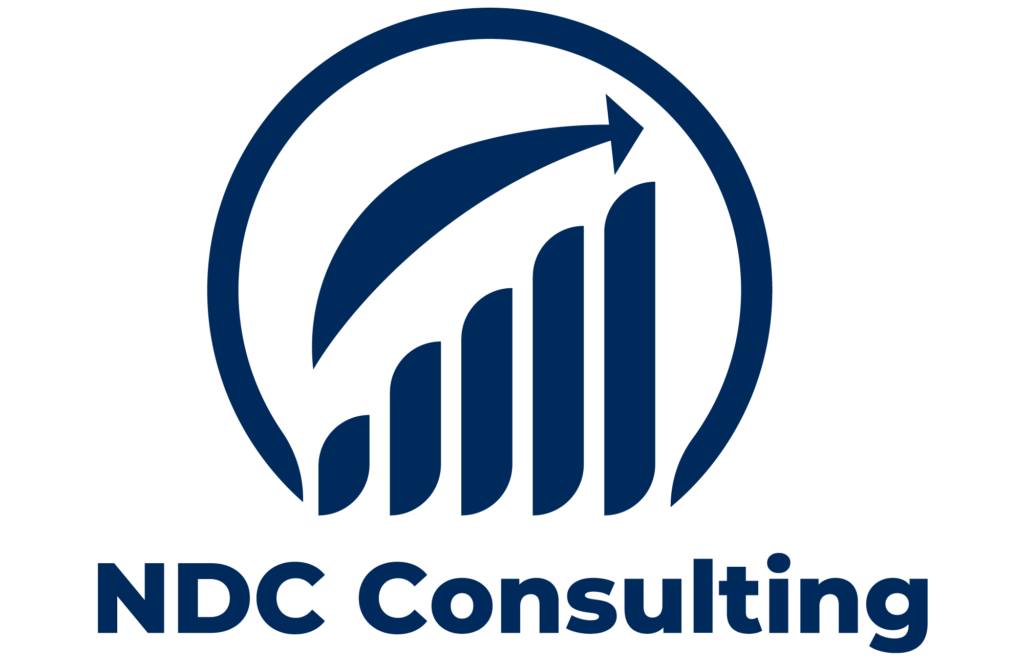
The U.S. Department of Health and Human Services recently released a research that found that nearly 86% of hospital errors are not reported. A key concern is raised by this large data gap: How can healthcare organizations enhance patient safety in the absence of an efficient mechanism for reporting, analyzing, and learning from these errors? Strong procedures for reporting medical incidents hold the key to the solution. In addition to preventing future mistakes, healthcare providers may greatly enhance the quality of care and guarantee safer results for patients by efficiently monitoring and evaluating these instances.
This blog article will examine typical obstacles in medical event reporting and offer workable ways to get beyond them.
Challenge 1: Insufficient Reporting of Events
Problem:
- Employees are frequently reluctant to disclose medical events for fear of repercussions or blame.
- According to a recent survey, 80% of hospital nurses believed that reporting a medical occurrence would lead to personal blame, 61% were worried about confidentiality, and 59% were afraid of their supervisor’s reaction.
- Because there are often no clear rules on what constitutes a reportable incident, event, or near miss, staff members are also confused about what needs to be reported.
Solution:
- Create a culture of safety where learning from events and incidents takes precedence over assigning blame or administering punishment.
- To make reportable situations and reporting processes clear, hold frequent training sessions.
- Increase staff involvement in the reporting process by putting in place anonymous reporting methods.
Challenge 2: Time-consuming and intricate reporting procedures
Problem:
- Staff may be deterred from reporting medical incidents due to the significant challenges of complicated reporting forms and manual data entry. In a recent poll, an assistant nurse manager explained the procedure as follows: “It’s a long form… is very intense, and it’s not simple at all.” Additionally, a physician stated that completing these forms is extremely inconvenient and takes too much time.
- Outdated or excessively complicated systems lead to errors and inefficiencies.
Solution:
- Implement efficient, digital incident reporting tools.
- Forms should be made simpler to only include information that is absolutely necessary and to utilize language that healthcare personnel are acquainted with in order to improve medical incident reporting. If your organization frequently utilizes the term “patient fall,” for example, make sure that the reporting forms use this wording consistently. For employees, this makes the procedure more relatable and simple.
- Make reporting easier by enabling mobile and simple access features, like password-free systems.
Challenge 3: Insufficient Investigation of Reported Incident
Problem:
- For many employees, reporting medical incidents is not as important because they might not see any follow-up or resolution.
- The absence of obvious action deters frontline workers from reporting adverse incidents, according to a research conducted with patient safety specialists. The lack of response, according to one participant, not only defeats the system’s function as a teaching tool but also makes employees feel uninterested because they know that even if reporting occurrences is mandatory, it’s doubtful that anything will be done about it.
- Employees frequently become dissatisfied and stop participating in the reporting process. A survey of 323 nurses revealed that the most frequent obstacle to reporting incidents was a lack of feedback regarding medical errors that were recorded.
Solution:
- For each report, establish a trustworthy and open follow-up procedure.
- Regularly update staff on results and progress using a variety of channels, including meetings, safety huddles, and reports. This keeps everyone updated and involved in the advancements being made.
- Update employees on the progress made as a result of their reporting.
Challenge 4: Lack of Awareness and Training
Problem:
- Employees are unaware of the significance of medical event reporting and protocols. Many participants in a study of medical personnel published in “PLOS ONE” thought that their policies and procedures for reporting incidents were ambiguous, perplexing, and non-standardized. Guidelines may appear fine on paper, but they are not carried out well, according to one manager.
- There is not enough training offered to temporary or new employees. Due to learning opportunities being viewed as obstacles, the same study found that participants acknowledged a lack of guidance when attempting to master their incident reporting rules.
Solution:
- Include training on incident reporting in routine refresher courses and regular onboarding.
- Make use of team meetings, emails, and posters to consistently stress the value of reporting.
- Make certain that all employees, especially temporary workers, are knowledgeable about and capable of following reporting protocols.
Challenge 5: Difficulty in Data Analysis and Implementation
Problem:
- Incident report data is gathered but not properly examined. In a poll of healthcare professionals, 66% of respondents said that reporting was not likely to result in systemic improvements, which means that data is collected but nothing is done.
- Addressing underlying problems is impeded by the absence of practical insights.
Solution:
- To gain more profound insights, use incident management software with powerful analytics.
- Use the pre-installed report templates to quickly analyze data and spot trends.
- Share data insights on a regular basis with frontline employees and leadership to help them prioritize and make well-informed decisions.
Healthcare organizations can improve worker engagement, establish safer patient care settings, and comply with regulations by addressing and resolving these issues and improving the efficacy of their medical incident reporting system.

